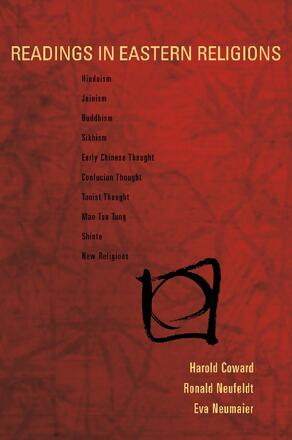
Description
Originally developed for use in introductory courses on Eastern religious traditions, this popular anthology offers a selection of readings from primary texts of India, China, and Japan.
The selections are arranged both chronologically and thematically within religious traditions and include readings from Hinduism, Jainism, Buddhism (including Tibetan Buddhism), Sikhism, Early Chinese thought, Confuciansiim, Taoism, Mao Tse Tung, Shintoism, and Japan’s new religions (Tenrikyo and Sokka Gakkai). Throughout the anthology, an effort has been made to present more than the usual short excerpts. As much as possible larger excerpts have been included to give students a better sense of significant developments within traditions. As well, doctrinal elements have been combined with story to make these traditions more than museum pieces for students.
For the second edition, the editors have added excerpts and have written introductions that provide a more comprehensive context for the readings. A section on Chan / Zen and excerpts from the writings of Ge Hong, representing the central concerns of Daoism, are included. A section on modern China includes a poem written by Mao, exhibiting his Daoist sensibilities. A revised chapter on Buddhism presents the voices of modern Buddhist writers, including the Dalai Lama. Throughtout the volume, reflections on the role of women in Eastern religions, as well as women’s voices themselves, are added. /p
Reviews
``I liked Readings in Eastern Religions and would recommend it for uses in classes.... Readings in Eastern Religions is largely successful in what it sets out to do. The longer readings give a more vivid sense of the various scriptures. The selections from the Bhagavad Gita and the Laws of Manu, for example, are strikingly elegant. Similarly, the greater length helps convey the depth of the scriptures. The readings from Xunxi, the proponent of realistic Confucianism, give a much stronger flavour of his logical style and argument than those I have read elsewhere. The same is true for the more narrative style of the Taoist, Zhuangzi. At the same time, the readings convey important aspects of the various traditions. The extracts from the Vedas and the Laws of Manu gave me a much better appreciation of Vedic orthodoxy.... In addition to this, Readings in Eastern Religions give a good variety of readings. The inclusion of both women's voices and modern voices gives a fuller, richer sense of the different traditions.''
- James Quinn